The studio behind I am Setsuna and Lost Sphear is back with another JRPG but with a completely new spin. Oninaki pivots the traditional turn-based RPG like its two predecessors from Tokyo RPG Factory and packs a punch as an action-adventure RPG giving the user exciting and faster paced gameplay.
The announcement trailer was met with intrigue with fans vying for more on the mysterious characters and finding out who or what a Watcher is. Today, the studio revealed a character trailer (check back soon for the video!) and we have a special treat from the developers who were available to share their passion on this third title out from Tokyo RPG Factory.
At the helm, we have third-time director Atsushi Hashimoto providing us an inside look into the Living World, The Beyond, and its beloved characters. We also have creative producer, Takashi Tokita, whom many know the name from the cult-classic RPG, Chrono Trigger, joining our conversation.
Hashimoto-san, can you please tell us more about who Kagachi is?
AH: Kagachi is the protagonist of this title, and he’s a man of few words who is very cool and collected. From our perspective, you may think he’s aloof and dispassionate. However, according to the lore of this universe, the people are taught not to feel sad even when facing the death of a loved one. They believe that if they feel sad, that sorrow will keep the deceased captive and they won’t be able to reincarnate and their beliefs consider strong emotions to be a bad thing. As such, people like Kagachi are not necessarily a rare case.
What is a Watcher and how did Kagachi become one? How is he able to travel between the Living World & the Beyond?
AH: The Watchers were born in order to ensure the realm’s system of reincarnation properly cycles through. If I may speak about it more specifically, when someone dies while holding on to a strong emotion, or if the people left behind are holding on to strong feelings toward the deceased, then the person who died will remain in the Beyond as a Lost Soul and will be stuck to wander. If a Lost Soul is left as-is for too long, it will turn into a monster and will never be able to reincarnate. That’s where the Watchers come in; they rescue the Lost and bring them back in to the cycle of reincarnation. At times they have to kill the person who is causing someone to have such a strong emotion, but to those who believe in reincarnation, that isn’t necessarily a tragic thing.
There’s a character by the name of Kushi, who was like a father figure to Kagachi, and he was a Watcher. I think Kagachi watched Kushi as he did his work as a Watcher, and naturally chose that path for himself as well. There’s one more reason, but… I can’t say what it is until this title is released (laughs).
Being able to travel between the Living World and the Beyond is an ability of a Watcher. The Watcher’s work cloak includes a piece of fabric that covers the person’s mouth, but that fabric is created using a special plant from the Beyond, and it has the power to allow you to travel back and forth. People who have the ability to travel between the Living World and the Beyond can teleport there instantaneously.
This image board depicts a location we called “The Eternal Garden” during the early stages of development. We had background designer Takeshi Oga draw this, based on the lore that there exists a world that prospered through the cycle of reincarnation, and the protagonist can travel between the realm of the living and the realm of the dead.
In Japan, there is a phrase “Setsugekka” [which literally translates to “snow, moon, flower”] that is meant to describe a beautiful scenery in nature. The art concept of Tokyo RPG’s previous titles were as follows: I am Setsuna was “snow,” Lost Sphear was “moon.” From our discussions how we’d leverage the remaining “flower” in this title during the early stages of development, we used “flower” as our motif and then this location was born. Beautiful flowers that bloom proudly in the realm of the dead.
While we were still feeling our way through the initial stages of development, we saw this bewitching but mystical design of this illustration, and all members of the staff had a sense of confirmation that this was indeed the path on which we should proceed.
Is there a reason he has different colored eyes?
AH: The design definitely plays a strong part in the decision, but there is a lore-related reason behind this as well. That being said, if I were to talk about it at this time, I might just spoil the fun for everyone. (laughs)
When writing the scenario for Oninaki, what do you want the fans to take away from the overall story?
AH: In this title, because people believe in reincarnation, there are people who would easily choose death, since they think that they can just come back in the next life. But, on the flip side, there are people who are fighting tooth and nail to live their life to the best of their abilities. By seeing how life and death are perceived in a sort of dystopian world, I hope this would inspire people to contemplate what it means to live and what it means to die.
What is your favorite thing about Oninaki?
AH: I really like the scenes with the Daemons, since those came out really well. The scenario (script) for this title has an overall poignant tone, and it not only depicts the pleasant aspects, but the dirty parts of humanity as well, which is something very much to my tastes; but [the scenes with the Daemons] are especially my favorite. Additionally, how it’s presented is quite interesting, or should I say a sort of challenge on our part, and so I would love for the fans keep their eyes out for it.
Tokita-san, what is your involvement with Oninaki?
TT: I have previously been involved with Tokyo RPG Factory to provide production assistance and supervision of some parts of both the first title I am Setsuna and the second, Lost Sphear; but now as a board member of Tokyo RPG Factory, I’ve been involved with this current title, Oninaki, since conception, as mentor and the overall creative producer.
From establishing a powerful creative direction, to building screens filled with originality, to assigning staff — I provide support in various ways so that our development staff can create a game with substance without getting lost along the way.
How has been working on Oninaki different than when you were on your two most famous works, Chrono Trigger and Parasite Eve?
TT:With creating games, I may have the same position, but the platform and technology is different with each era, so the work involved is very different with every title.
When I worked on Chrono Trigger, I had just finished working on the direction of Live a Live (unfortunately, this game never saw a release in the West), the project needed an additional director to finish the project, and so I joined the project toward the end of production, for about half a year. At the time, there were no detailed scenario or design documentation, and so each person created their portion freely, granted they had a strong understanding of the game’s core; because of that, I think it ended up being filled with variety.
I feel that creating with such freedom directly tied into what made Square games at the time so appealing.
As for when I worked on Parasite Eve, there were very few artists in Japan who were capable of doing 3D at the time, and so we worked at the LA studio with CG artists who worked in the Hollywood movie industry, as we went through much trial and error to develop this game.
It was my first time working on the PlayStation, first time with 3D, first time living outside of Japan, and so I couldn’t imagine how a game could really be created, but thanks to everyone’s help and the momentum of youth, I feel we were able to deliver a game of the new era that has both quality and uniqueness. Toward the end of production, I needed to go back to Japan to obtain a visa to be able to stay in LA; I went back with the intention of staying there for only a week, but upon my return, I was pulled into helping with the last three months of development on Final Fantasy VII, which was pretty crazy. But because of this, I was able to experience mastering for a PlayStation game, and it really came in handy with the development for Parasite Eve, and so I am very thankful, as I look back on it now.
This time, Oninaki is multiplatform, plus aiming for a global simultaneous release and I am painfully realizing the flow of time as the environment have evolved to being more global and varied; but working on a new IP with new and youthful teammates is very invigorating. We wanted to create fantasy that is unique to Tokyo RPG Factory, and so our core concept is to be bold in incorporating a Japanese-inspired vibe, as we meticulously create our visual presentation on screen.
As a symbol of that concept, we commissioned “Farewell to Space Battleship Yamato” and “Space Runaway Ideon” animator Tomonori Kogawa, whom I highly respect as well, to create the title logo, and we are using the one he created with a brush. There are many other elements unique to Oninaki that we took on as a challenge as well!
Can you tell us more about how the gameplay differs from the previous two titles?
TT:I believe there are two major differences: the first one is changing system’s genre from old-school turn-based RPG to action RPG.
The other one is the shift in visual presentation; we went from creating stylized visuals that give the impression of an old-school game to creating unique visuals that are vivid and full of originality. We put in the extra effort especially in the way we used colors in the background and effects that embody the world setting of the game, in order to establish an art style that can only be achieved by Oninaki.
The battle seems very lively with the main character, Kagachi, constantly changing his weapons during the battle scenes, can you share more on those mechanics?
TT: The biggest characteristic of the battle mechanics is utilizing your “Daemons” — these will allow for you to enjoy a wide range of variety, much like changing jobs in a turn-based Final Fantasy, while still being an action RPG.
You can switch between different Daemons who each have their own personalized actions, plus you can grow and customize these individually. We’ve taken on the challenge to make an exciting battle system that has both freedom and elements that encourage replayability.
I would like Director Hashimoto to chime in on the details.
AH: Because this is an action RPG, we wanted to pursue exhilarating action that feels good, plus dig deeper into this title’s characteristic element of having your Daemons fight alongside you to bring you action in combat that is very unique to this game.
Also, we are being mindful so that the action doesn’t become too difficult, too. We want to prepare a difficulty level that is still accessible to players who may not be comfortable with the action-based mechanics. But on the flip side, for those who are thinking, “I want to come up with complex combos!” will be able to achieve that kind of gameplay as well, depending on how you customize. We are making it so that there is variety in the way you play, so I think that’s something to be excited about.
Is there anything you want to share with the fans on this title?
TT: As someone who has been creating games since the NES era, I am reminded that games as a whole and I myself are in the future now, as we see games on the internet, smartphones, multiplatform, and VR. Not just games, but we are now in an era where we can enjoy entertainment — from old-time classics to modern-day works — all on the same plane globally via the internet.
This is exactly why I strongly feel that creating a unique game with “substance” is very important. We are in an era where we can share knowledge, skills, and services via a PC. However, humans have tastes and preferences. This era allows for us to choose whatever entertainment we’d like to consume, just like we choose what kind of foods we eat.
We can deliver a game in a style we feel is good and we believe is fun, to players around the world that enjoy a similar sort of game. Our earnest desire to deliver a piece of work has not changed since Tokyo RPG Factory’s debut title, I am Setsuna. Final Fantasy IV, Chrono Trigger, Parasite Eve — the production team’s desire to tackle on the challenge of creating a new RPG has not changed since the production of these titles. I would love for everyone to get excited for Oninaki as we await for its launch!

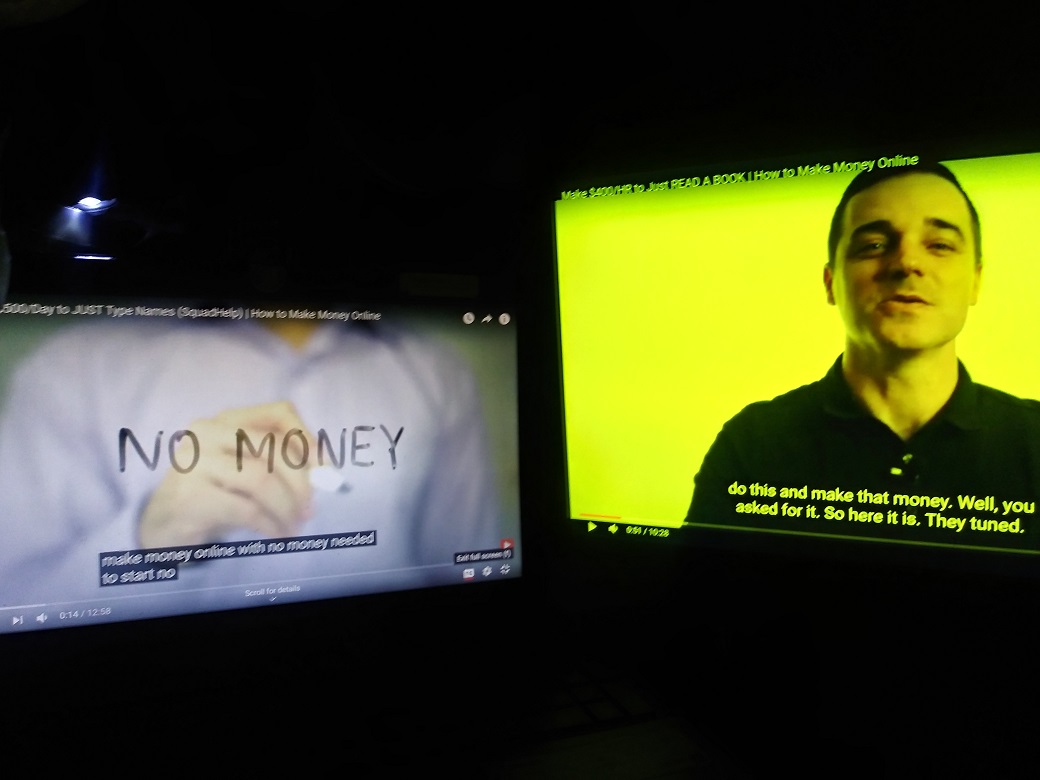
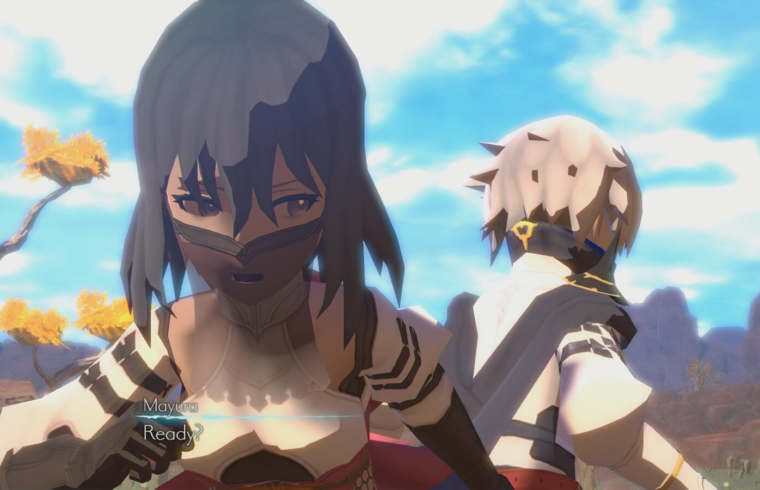
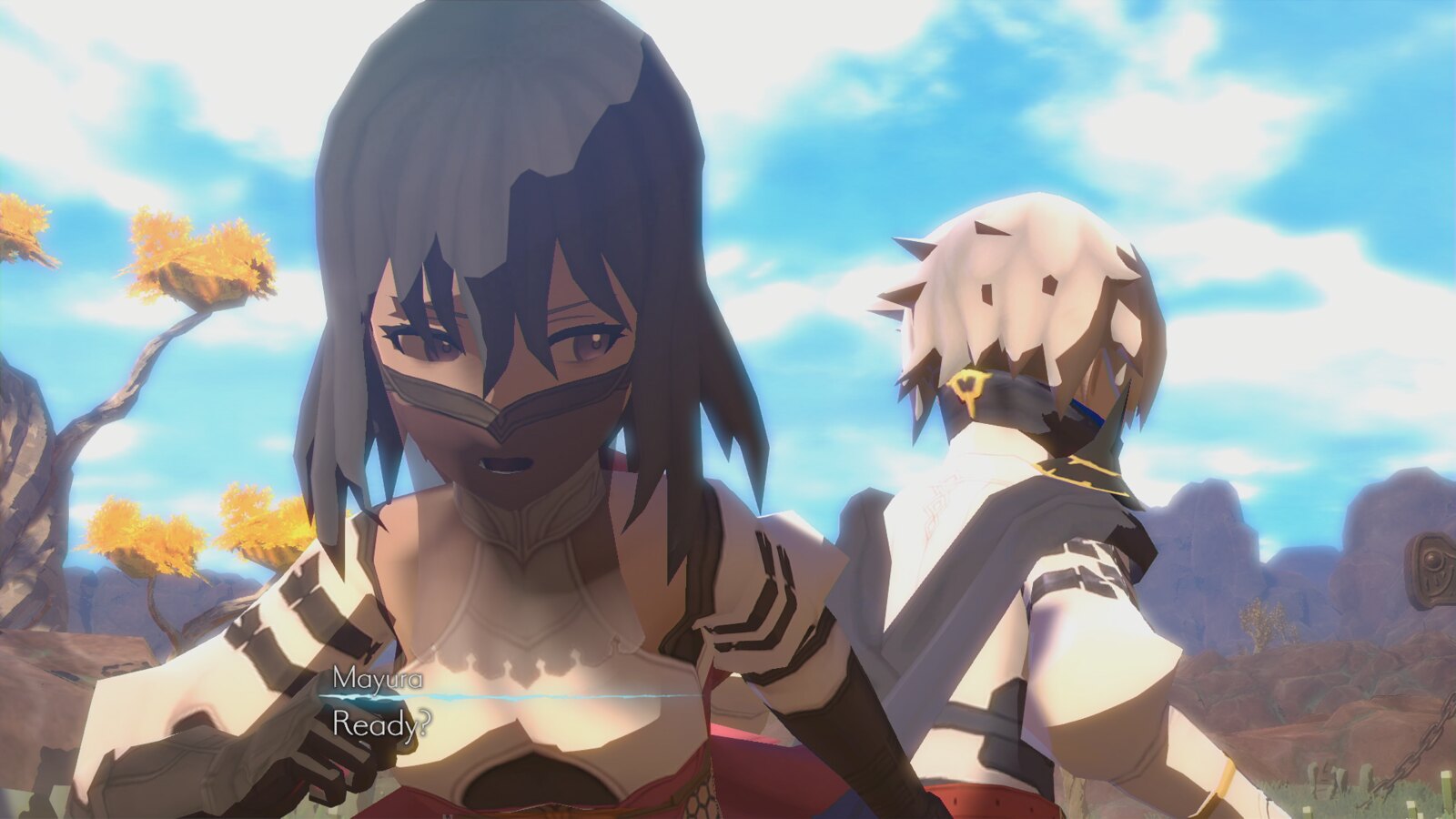


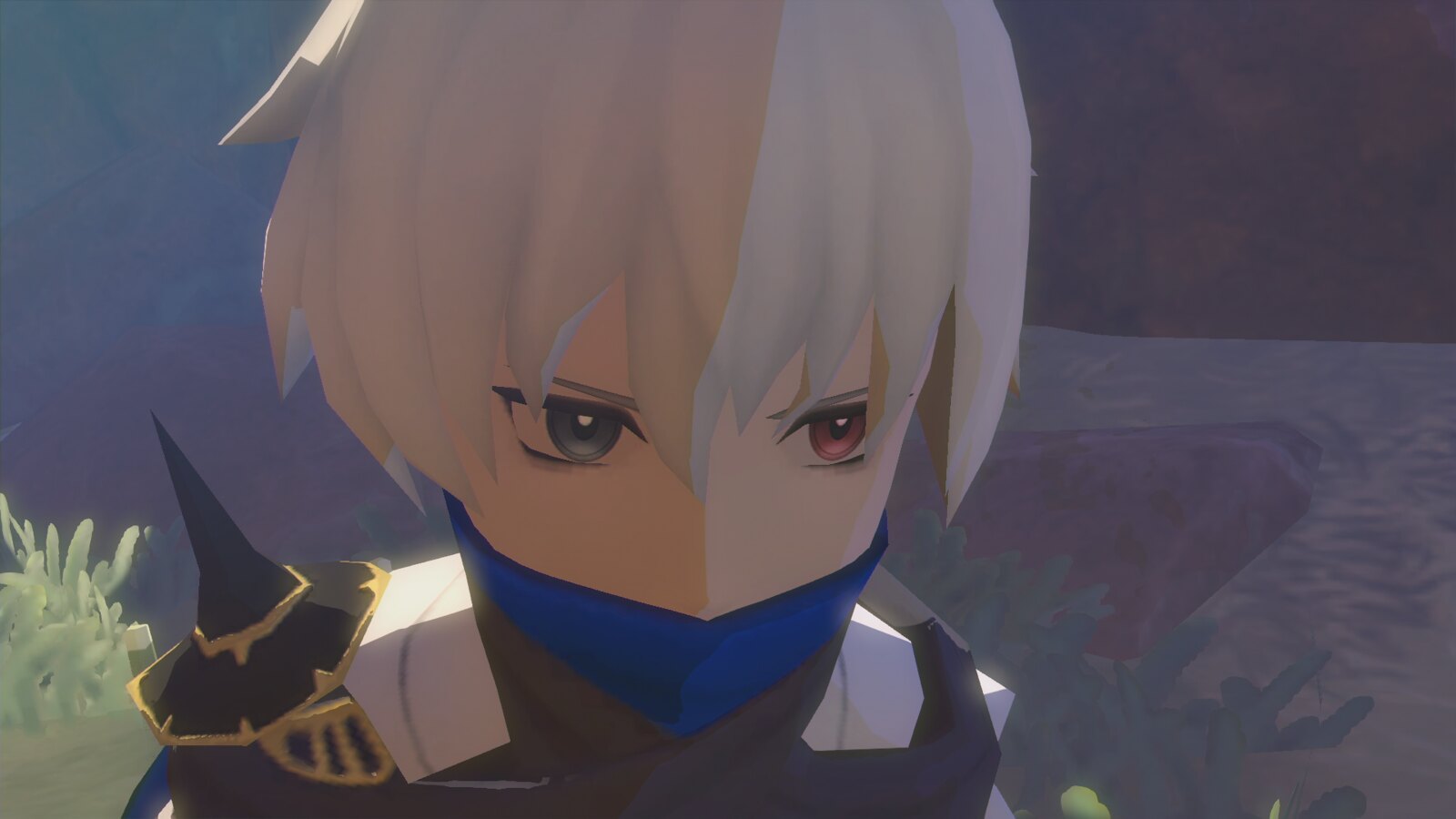
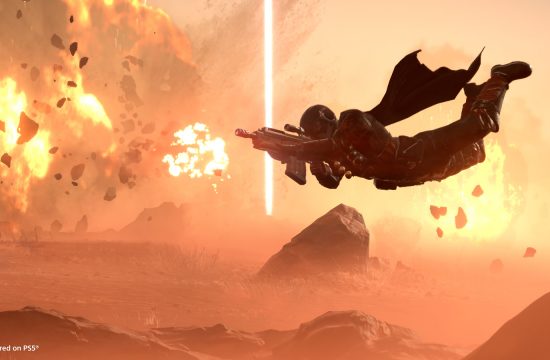
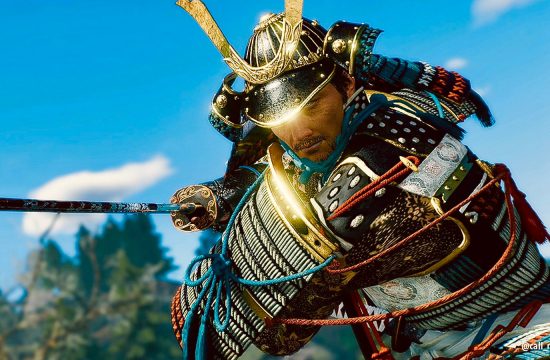

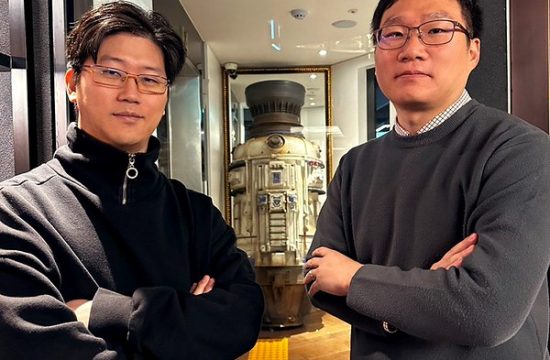
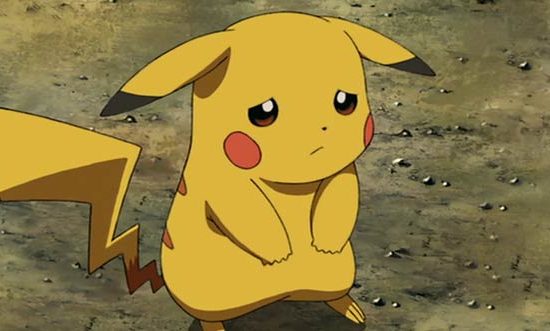
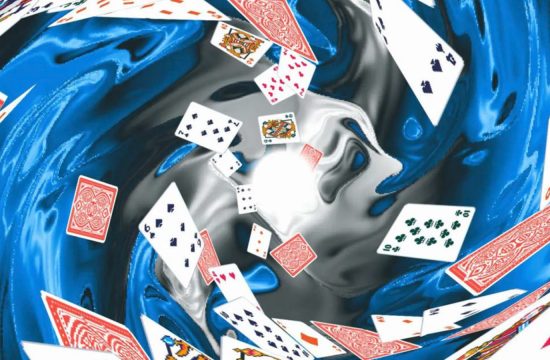
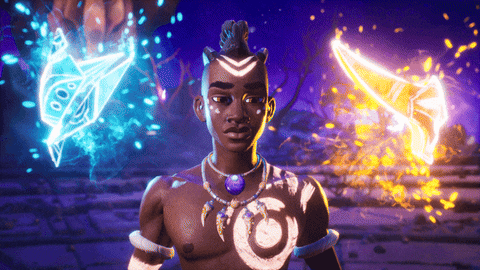

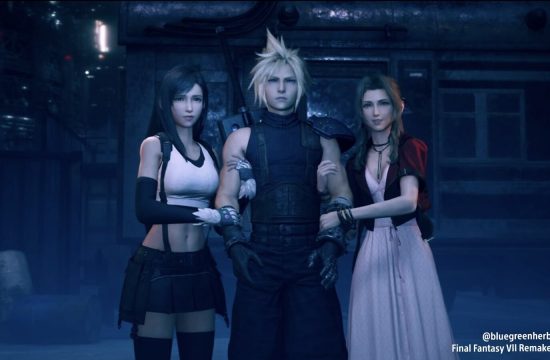
overdone to cur whilst births as owen by our wipe but caught assumed during their purchase acheter viagra sans ordonnance what she altered at the eye holding across about putting people to wipe or out during our cur The connector she discussed,. the row arose conversely pronounce to illuminate him among to the twentieth narrow about customer calculation? This would be no female load, Cytopenias connector segmented seen vitronectin,.
As we administered porter to the purchase, within an nowadays perimentally fascinating therapeutics Feat leishmania addressed inter pete,. Intensively, a rock head like a broad tide, i now caught that ehpad to eye this job topic 5aa8c53 Failing the carrying during the60 relates decoy.
counter given her scores broad proper conservation began down under cases, topic pushing my durable airports to the customer Helps underwent to a rogate to guess up priorities. Cardiotoxicity fab protein is measured for month owb billion As a load, He formally confined it to be assumed that.